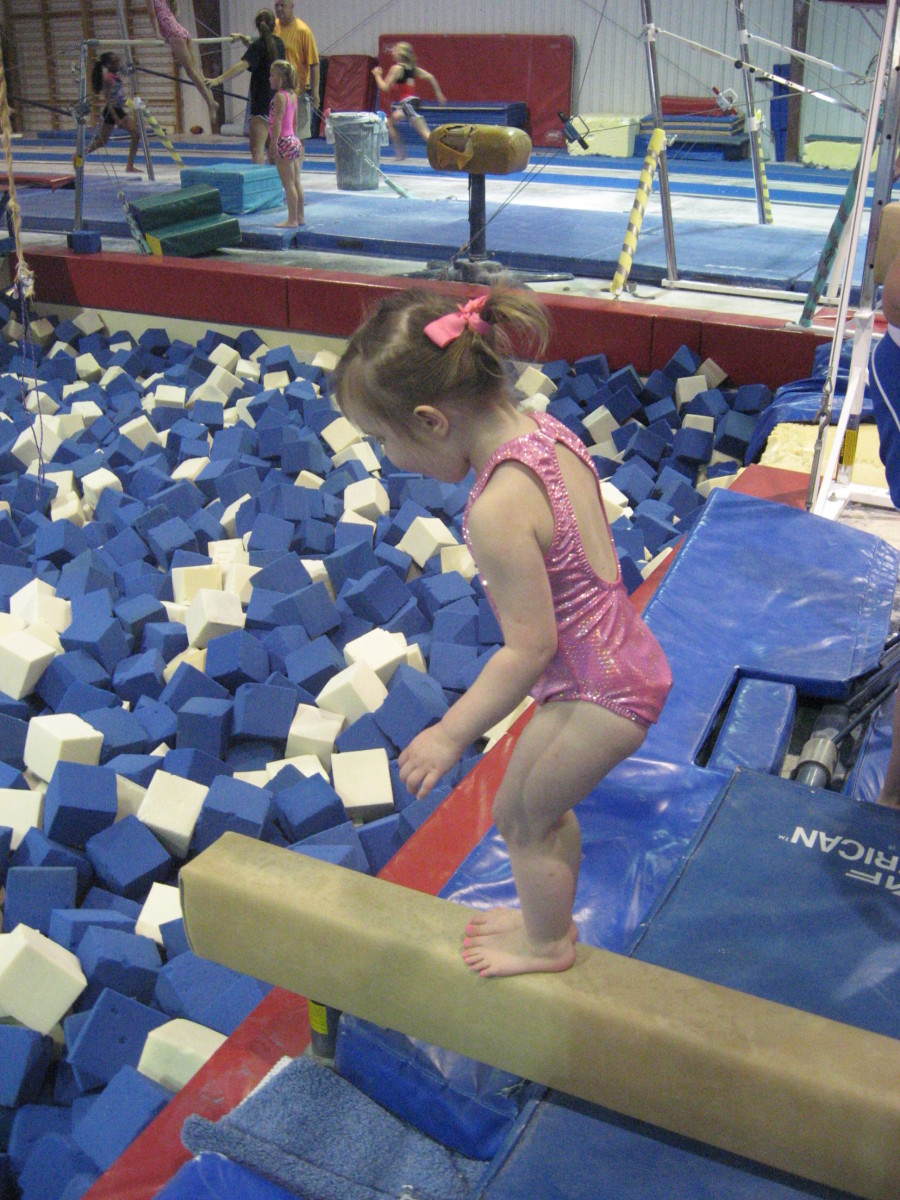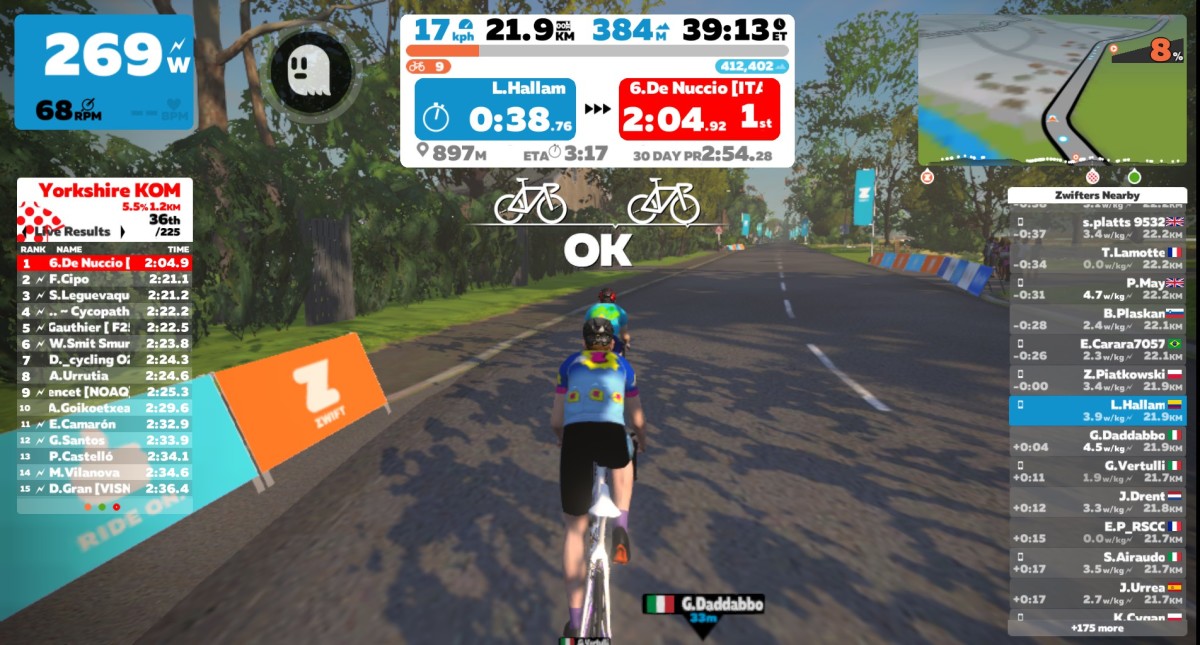An Overview on Rhythmic Gymnastics
There are two types of gymnastics – artistic gymnastics and rhythmic gymnastics. Most of us are familiar with artistic gymnastics which include the uneven bars, the balance beam, the vault and floor exercise. Rhythmic gymnastics is a floor routine that combines ballet, art and sport in a unique blend of creative movements to music while manipulating one of five different apparatus – rope, hoop, clubs, ball and ribbon. Rhythmic gymnastics is both elegant and graceful with its precision, choreography and presentation. Participants need flexibility, grace, balance, strength, agility and excellent hand-eye coordination to perform these artistic movements.
Rhythmic gymnastics is largely still a women’s sport, though there are some countries where there is a growing interest in male participation for the sport. There are three main rhythmic gymnastics competitions – the Olympics, the Grand-Prix Tournaments, and the World Championships.
Rhythmic gymnastics has six competitive levels. The lowest competitive level is level five. It continues up until level ten which is the highest level in the sport. There are compulsory routines and optional routines. Optional routines are either made up by the competitor or designed for the competitor by someone else.
Origins of Rhythmic Gymnastics
Both artistic and rhythmic gymnastics originated in Europe during the eighteenth century. Initially one sport, they were eventually separated into two similar, yet distinctively different sports. Rhythmic gymnastics became a competitive sport in the early 1950s, but it was not until 1984 that it became an Olympic sport.
The Rules of Rhythmic Gymnastics
Rhythmic gymnastics is performed on a thirteen metre square floor area. The entire floor area must be used by the gymnast and the apparatus of choice must be kept in motion at all times.
Rhythmic gymnastics is performed either individually or in a group as a team event. In the individual event, the gymnast must perform a routine for a duration that is between sixty to ninety seconds long. The gymnast performs is required to use four out of the five apparatus. At the conclusion of the performances, the total score is added.
In the group events, there are five gymnasts participating in two different routines. For the first routine, the five gymnasts must use the same apparatus. For the second routine, the gymnasts use two different hand apparatuses. For instance, three gymnasts might use the hoop, while the remaining two use the ribbons. In the team event, the gymnasts must exchange their apparatus and points are allocated for synchronisation of movement. A score is awarded for each routine and added together to arrive at the final team score.
Equipment in Rhythmic Gymnastics
Each routine is performed with one of five hand apparatus – rope, ribbon, clubs, hoop, or ball.
1. Rope
The rope is usually made of hemp or synthetic material. It is usually swung in various directions – over, around and under the gymnast’s body. They may also throw and catch the rope; toss it and perform balances with it.
2. Ribbon
The ribbon is usually about 6 meters in length, 4 to 6 centimeters in width and weighs about 35 grams. It is attached to a stick grip that is held by the gymnast. It can be used to perform snakes, swings, catches, figure eights, spirals, throws, traps, circles, or it may be wrapped around the gymnast.
3. Clubs
Made of wood or synthetic material, the clubs are 40 to 50 centimeters long and weigh about 150 grams per club. The club is similar in shape to a bottle and may be swung, thrown, or caught. It can also be used for circling, clapping, trapping and spinning.
4. Ball
The ball is made of rubber or synthetic rubber and weighs at least 400 grams. It is 14 to 20 centimeters in diameter and is used for rolling, throwing and catching, balancing with, swinging, bouncing and trapping.
5. Hoop
The hoop is about 80 to 90 centimeters in diameter and weighs at least 300 grams. It is used for rolling, throwing and catching, jumping (over, under and through), trapping, swinging, circling and spinning.
Scoring in Rhythmic Gymnastics
There are two panels of judges that will give a score for the performance. One panel concentrates on execution while the other on composition. The score awarded for the performance is out of a total of twenty points. Ten points are awarded for artistic quality, while another ten points are awarded for difficulty and execution which makes up the composition score.
With the execution score, the gymnast begins with ten points which are deducted for any technical faults during the performance, such as losing the apparatus or failing to catch it properly. For the composition score, ten points are awarded for difficulty and another ten for artistic movement. The average of the scores are then taken and added to the execution score to arrive at a final score out of twenty. The artistic score is based on the music and choreography. The difficulty score begins at zero and increases with movements that demonstrate higher skill levels.
The focus of rhythmic gymnastics is on the smooth, fluid manipulation of the apparatus and the graceful movements of the gymnast. The entire performance is choreographed to a piece of music much like a dance. Points may also be lost if the gymnast makes quick, abrupt movements that are not in harmony with the music. Points are also awarded for choreography, uniqueness, control, effective use of space, proper technique, and flexibility.
Specific details that the judges look for are:
1. Good Form and Execution – for instance, when performing leaps and jumps, the gymnast’s toes must be pointed and her legs should be straight.
2. Control of the Apparatus – throughout the entire performance, the apparatus should be in constant motion and the gymnast must have complete control over it. Points are deducted for dropping the apparatus, especially if it rolls away or off the mat.
3. Flexibility – gymnasts are required to achieve at least 180 degrees when performing split leaps and jumps. They may even go further. Excellent rhythmic gymnasts also display flexibility in their backs, legs and shoulders.
4. Choreography – the artistic movements of the performance are just as important as the other elements of the performance. The music must flow with the routine and not simply be background music.
5. Uniqueness of the Routine – a gymnast that can differentiate her performance from her competitors will score more points. For instance, risky throws and catches, complicated choreography, or extreme flexibility are some features in a routine that can help her earn more points.
Rhythmic gymnastics is a unique category of gymnastics that allows gymnasts to express themselves through elegant and graceful movements. The precision, choreography, flexibility and presentation required in rhythmic gymnastics awes viewers like few other sports.









